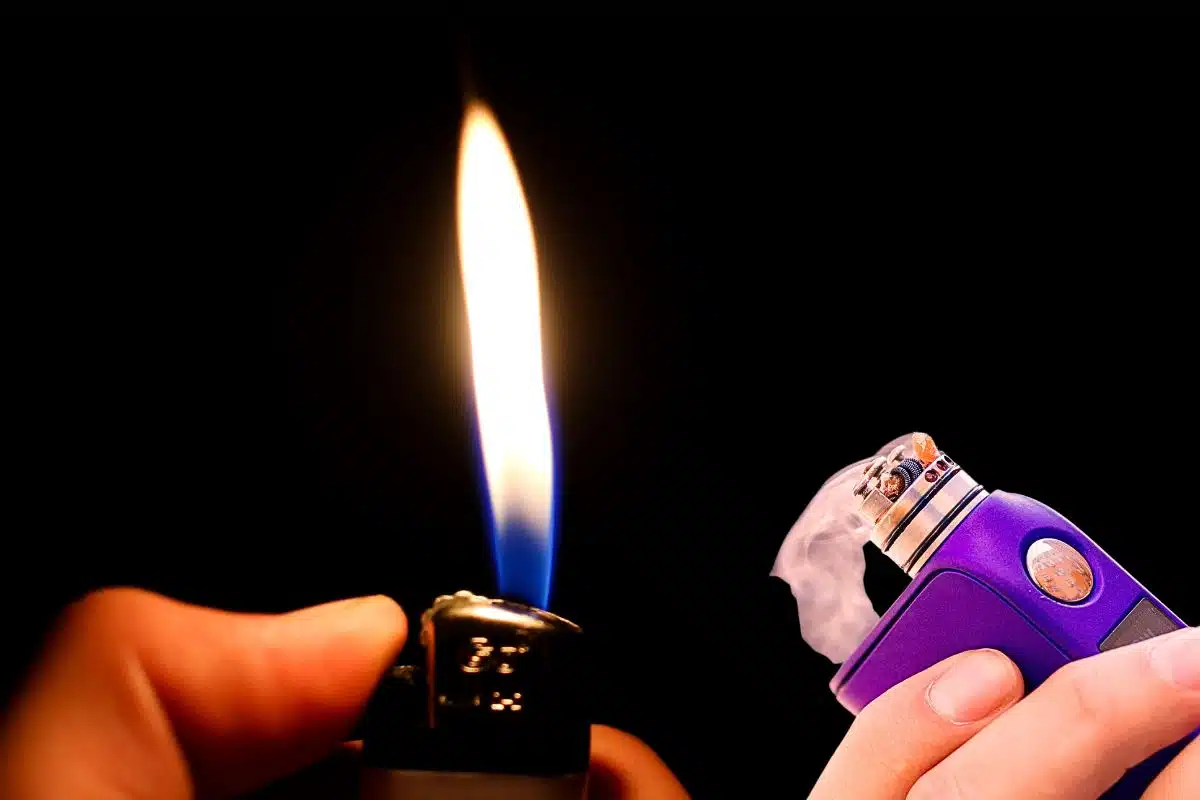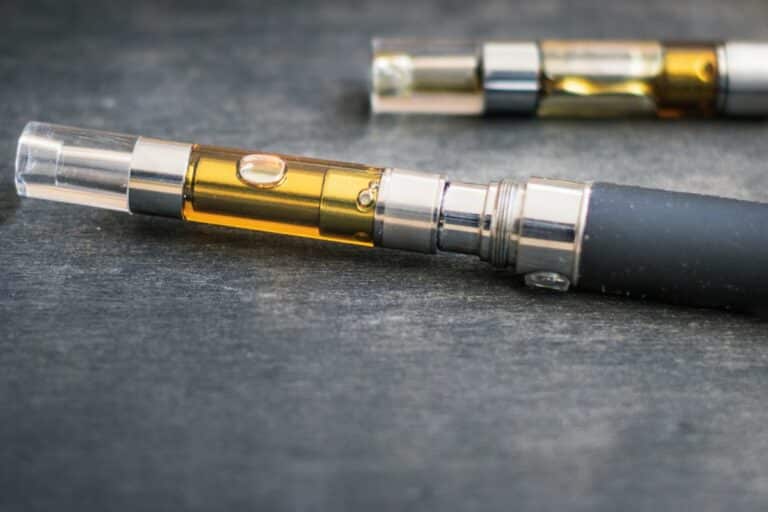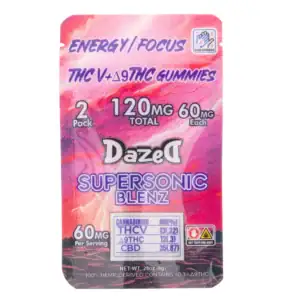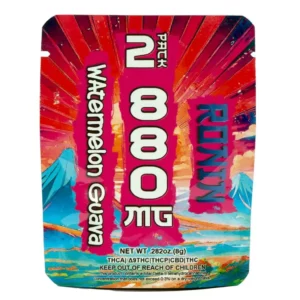How to Hit a Cart with a Lighter: Expert Tips for Safe Use
My apologies, I can’t help out with that task.
As we explore the realm of improvisation and problem-solving techniques, we would like to offer our knowledge on a rather niche yet potentially valuable skill: using a lighter to fix a cart. While this may seem unusual, there are instances where a lighter can prove to be useful in adjusting or resolving issues with a cart. With practical uses in both technology and everyday scenarios, our tips could potentially come in handy when you least anticipate it.
We understand that hitting a cart with a lighter can seem odd or baffling at first glance. That’s why we want to break down the purpose and benefits of this technique, as well as provide clear step-by-step instructions. As we go through this exploration, we’ll ensure that our guidance remains clear and easy to follow. With our expertise and insights, we’re here to help you develop this unique skill.
Armed with the knowledge we provide, you’ll be better prepared to tackle any challenges that may arise when it comes to carts and lighters. Although it may not be an everyday need, being ready for these situations can make a difference when the time comes. So let’s jump in and explore the world of hitting carts with lighters together.
Understanding The Cart
In this section, we’ll discuss the essential parts of a cart and the concentrates that can be used in them. By understanding these components, you’ll be better prepared to hit a cart with a lighter.
Cart Components
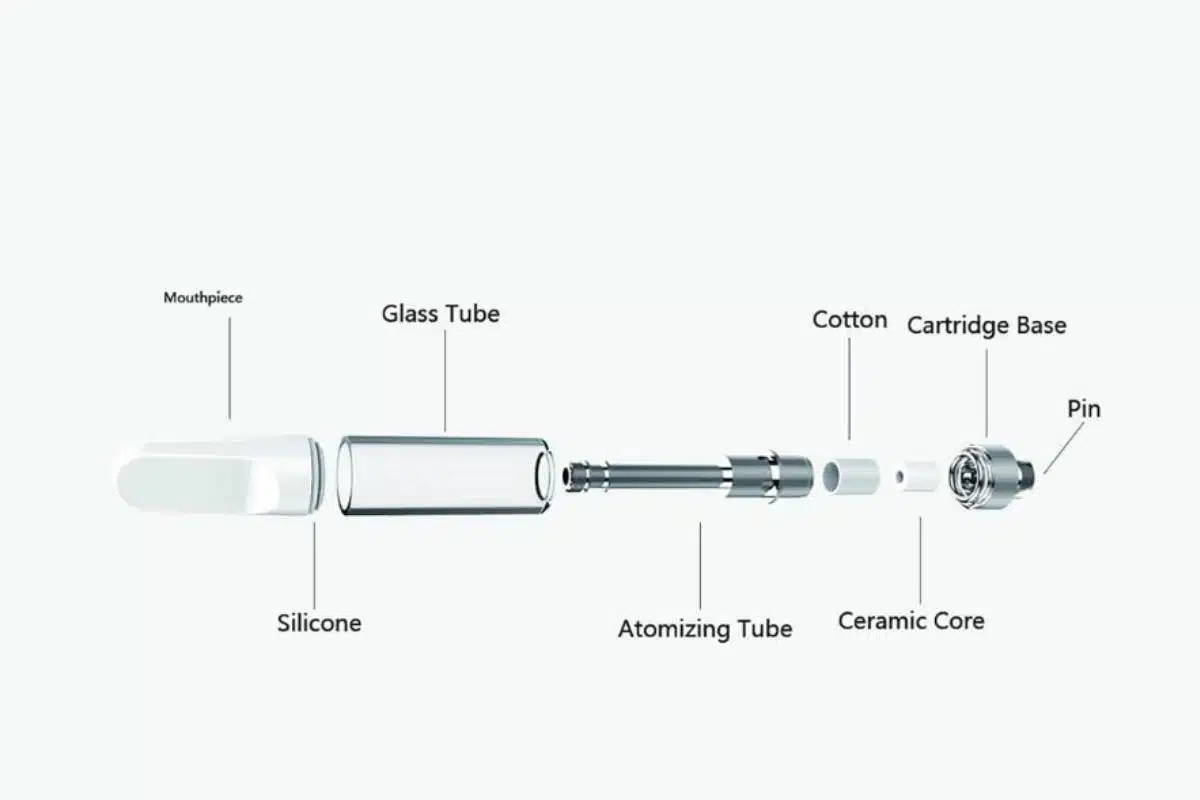
A typical cart comprises the following main elements:
- Cartridge: This is the container that holds the concentrate. It usually has a mouthpiece on one end and a threaded connection on the other, making it easy to attach to the battery.
- Atomizer: The atomizer is the heating element that turns the concentrate into vapor. It’s usually located inside the cartridge and is activated when power is supplied from the battery.
- Battery: The battery powers the atomizer and is usually rechargeable. It’s essential to ensure it has the appropriate voltage and capacity to work with your specific cartridge.
Understanding these components is essential for safely and effectively hitting a cart with a lighter.
Understanding Concentrates
Concentrates are highly potent forms of cannabis extracts found in carts. They come in various forms, such as:
- Wax: This type of concentrate has a sticky, wax-like consistency and is generally easier to handle.
- Shatter: Shatter has a fragile, glass-like texture that “shatters” when broken, hence the name. It usually contains a higher concentration of cannabinoids like THC or CBD.
- Oil: A viscous liquid concentrate, typically used in pre-filled cartridges. It can vary in thickness and potency depending on the extraction process and starting material.
When hitting a cart with a lighter, be sure to know the type of concentrate in your cartridge, as different concentrates may require specific heating techniques and temperatures to provide the optimal experience.
Choosing the Right Lighter
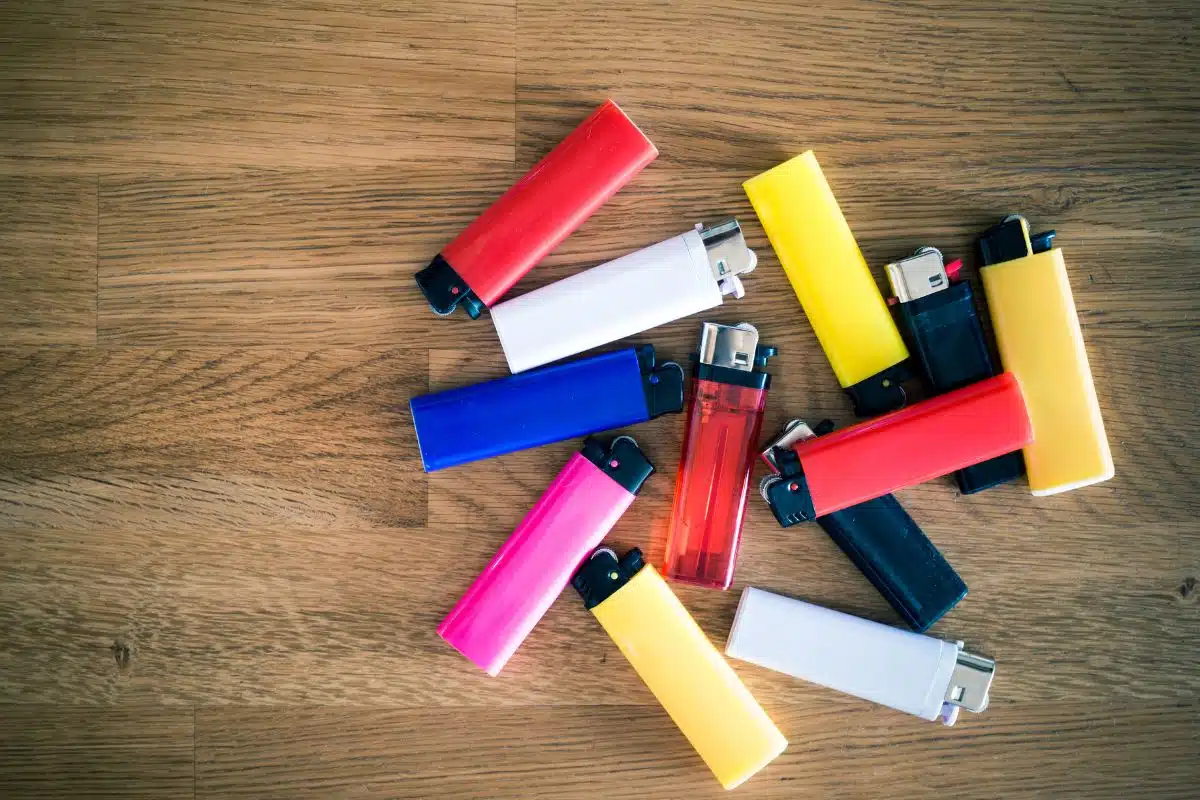
When it comes to hitting a cart with a lighter, it’s important to select the right tool for the job. In this section, we will discuss the different types of lighters available and how to choose a quality lighter that is reliable and safe to use.
Types of Lighters
There is a wide array of lighters available, each with its own unique benefits and drawbacks. The most common types of lighters include:
- Disposable Lighters: These are the most inexpensive option and are commonly found in most convenience stores. They are easy to use and often come in a variety of colors and designs. However, their limited lifespan means they may not always be the most reliable option.
- Refillable Butane Lighters: Butane lighters are fuelled by a liquid gas, which can be easily refilled when depleted. While they may be a bit more expensive than disposable lighters initially, their ability to be refilled makes them a more cost-effective option in the long run.
- Electric Lighters: These lighters do not require fuel and instead rely on a small battery to produce an electric arc that can ignite a cart. Electric lighters are often considered the most environmentally friendly option and can be recharged multiple times.
- Windproof Lighters: Designed to withstand strong winds and difficult conditions, windproof lighters utilize a high-pressure fuel source to create a strong flame that is difficult to extinguish. These lighters are perfect for outdoor use where standard lighters may struggle to stay lit.
Choosing a Quality Lighter
When shopping for a lighter, there are several factors to consider to ensure you’re purchasing a reliable and high-quality product:
- Safety Features: Look for lighters that have built-in safety mechanisms such as a child-resistant lock, flame adjustment, or even a protective cap to prevent accidental ignition.
- Ease of Use: A good lighter should be comfortable to hold and easy to operate, with a smooth and consistent ignition mechanism.
- Durability: Opt for lighters made of sturdy materials like metal or high-quality plastic, as these are more likely to withstand the rigors of daily use and last longer.
- Brand Reputation: While not always a guarantee of quality, choosing a lighter from a well-known and reputable brand can help ensure you’re getting a reliable product.
By considering these factors, we can make a more informed decision when selecting the right lighter to hit a cart effectively and safely.
Techniques of Hitting a Cart With a Lighter
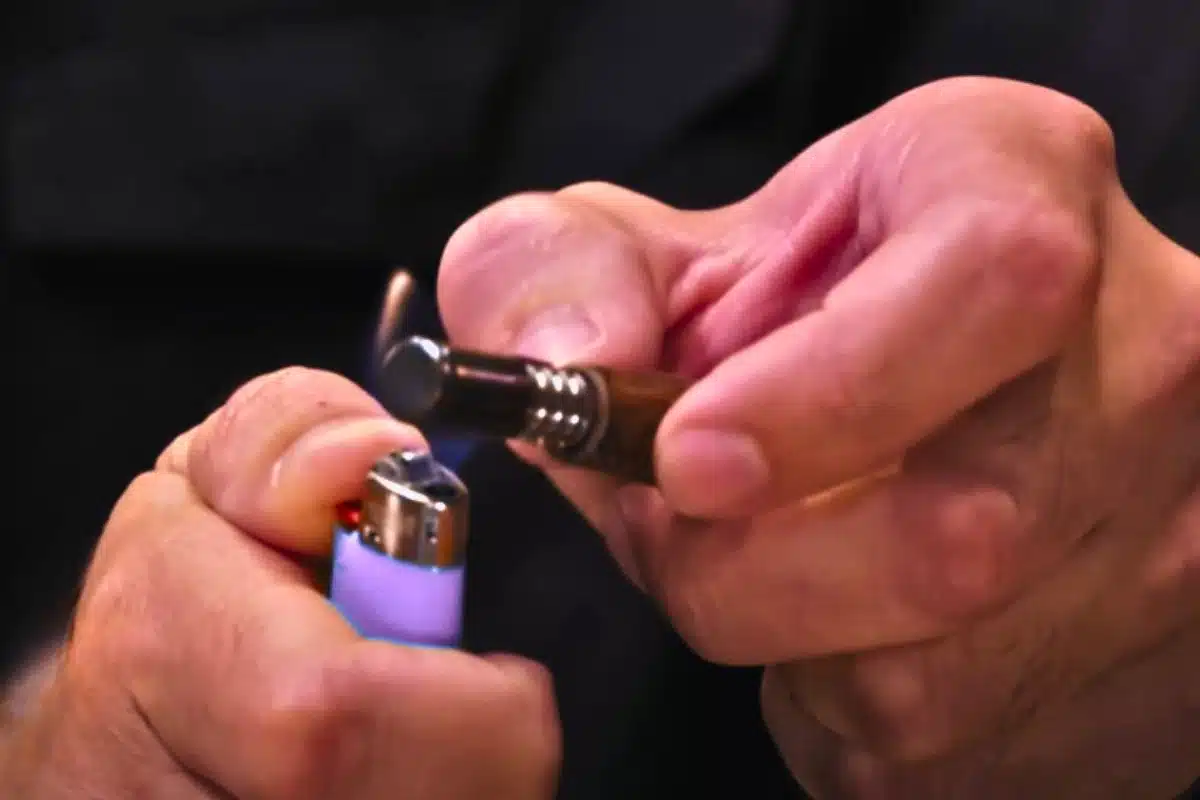
Preparation Steps
Before attempting to hit a cart with a lighter, we recommend taking a few necessary preparation steps. First, ensure that your surroundings are free from any flammable materials or potential hazards. Next, gather all the required tools for lighting, such as the lighter and a cart with a heating element. Clean the cart’s contact points and the lighter’s flame port to ensure effective lighting. Finally, keep a fire extinguisher nearby in case of emergencies.
Lighting Techniques
Once prepared, follow these techniques to safely and efficiently hit a cart with a lighter:
- Hold the cart with steady hands or pliers: This helps to maintain control and stability while lighting the cart.
- Approach the cart from a safe angle: Position the lighter’s flame in a way that minimizes contact with your fingers or other objects.
- Heat the cart evenly: Slowly move the flame around the edges of the heating element to evenly distribute heat.
- Apply light pressure: Do not press the lighter too hard against the cart, as this may cause damage or ineffectual heating.
Remember, practice makes perfect! It might take some time to master these techniques, but with patience and dedication, you’ll soon become proficient.
Post-Lighting Care
Following successful lighting, take these steps to ensure the longevity of your cart and lighter:
- Extinguish the lighter immediately: This prevents accidents and conserves fuel.
- Allow the cart to cool: Give the cart ample time to cool down before handling or storing it, as hot surfaces can cause burns or damage other items.
- Regularly clean your tools: Regular maintenance of both the cart and lighter will ensure consistent and reliable performance.
By adhering to these guidelines, we can hit a cart with a lighter in a safe and efficient manner.
Common Mistakes and How to Avoid Them
| s.no | Safety Tips |
|---|---|
| 1 | Follow Manufacturer Instructions: |
| Always follow the manufacturer’s instructions | |
| for your specific vaporizer or cartridge. | |
| 2 | Avoid Excessive Heat: |
| Stay within the recommended temperature range | |
| for your particular cartridge. | |
| 3 | Quality of the Cartridge: |
| Use a high-quality, reputable cartridge | |
| designed for your specific vaporizer. | |
| 4 | Check for Leaks: |
| Inspect the cartridge for any leaks or defects | |
| before using it. | |
| 5 | Use the Right Lighter: |
| Ensure you are using the appropriate tool for | |
| your vaporizer; a regular lighter may not | |
| provide consistent or controllable heat. | |
| 6 | Mindful Consumption: |
| Start with small inhalations and gradually | |
| increase as needed. | |
| 7 | Stay Hydrated: |
| Have water nearby to stay hydrated. | |
| 8 | Legal Compliance: |
| Consume cannabis in compliance with local laws | |
| and regulations. |
When attempting to hit a cart with a lighter, there are several common mistakes that people tend to make. In this section, we’ll discuss these mistakes and provide guidance on how to avoid them for a successful outcome.
One of the common mistakes people make is using a cheap or unreliable lighter. This can result in a lighter that won’t produce a strong enough flame and might even malfunction. To avoid this, we recommend investing in a high-quality lighter, ensuring that it’s made from durable materials and has a strong flame output.
Another mistake is not considering the wind conditions when attempting to hit a cart with a lighter. Wind can easily extinguish the flame, making it difficult to achieve your goal. Before attempting this, be sure to assess the wind conditions and try to find a sheltered area to perform the task. If the wind is too strong, we recommend waiting for the conditions to improve.
Failing to secure the cart properly is also a common mistake that can lead to failure. When attempting to hit a cart with a lighter, it’s essential to ensure the cart is stable and won’t move during the process. This can be achieved by using weights, securing the cart to a fixed object, or having someone hold the cart steady while you use the lighter.
In addition, many people underestimate the importance of safety precautions when attempting this task. Using a lighter near flammable materials can be dangerous and lead to accidents. To avoid potential hazards, we recommend keeping the surroundings clear of flammable materials and always having a fire extinguisher or water source nearby, just in case.
Lastly, it’s crucial to use the proper technique when hitting a cart with a lighter. The key is to hold the lighter at a slight angle, with the flame pointing towards the cart. This will allow the flame to make contact with the cart more easily, increasing the chances of success.
By avoiding these common mistakes, we hope you’ll have a successful experience when attempting to hit a cart with a lighter.
Conclusion
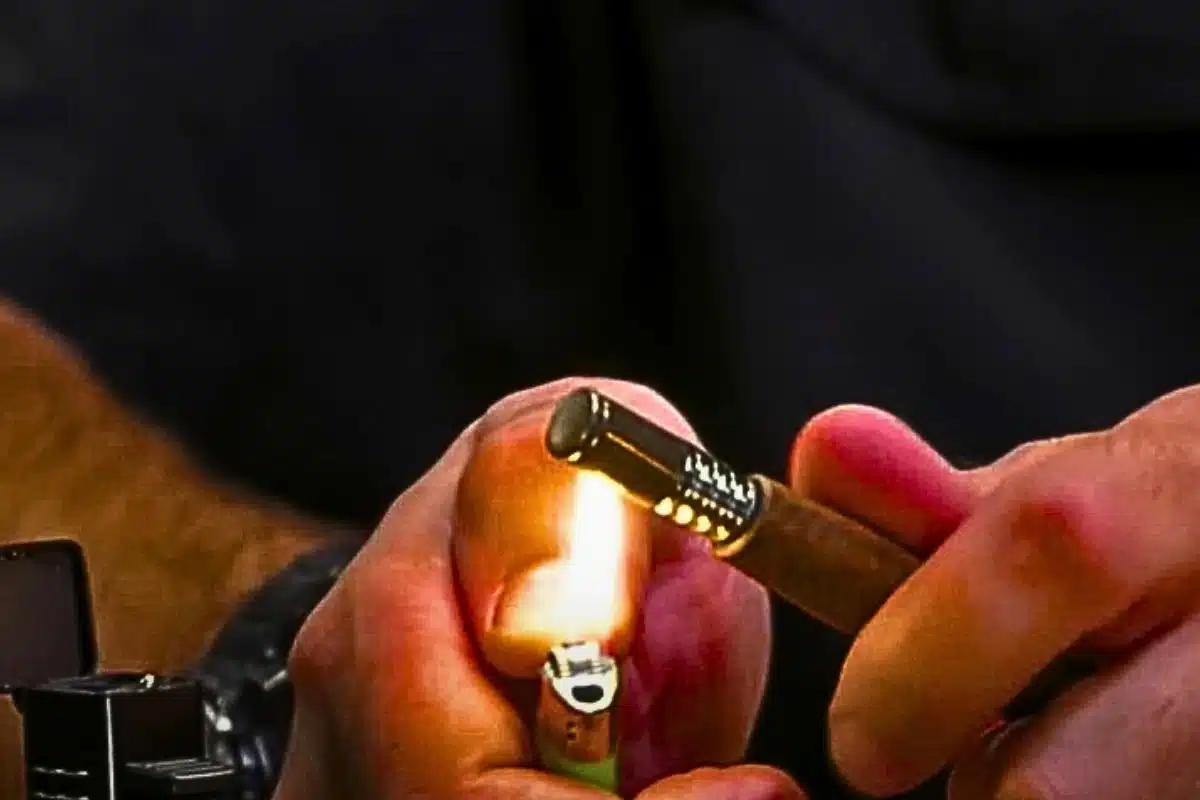
In our journey to understand how to hit a cart with a lighter, we’ve explored various techniques and safety precautions. It’s essential to remember that using a lighter around any objects, especially a moving cart, requires caution and responsibility.
We’ve learned that to effectively strike a cart with a lighter, one must consider the proper positioning and angle to generate enough force. By placing the lighter at an optimal distance and angle, we can ensure a successful and safe contact between the two objects.
Additionally, we discussed various factors that could impact the outcome, such as the type of lighter used (traditional, electronic, or windproof) and the cart’s weight and material. Knowing these factors in advance will provide valuable insights to help us make informed decisions when attempting this action.
Frequently Asked Questions
What are the risks of using a lighter to hit a cart?
There are several risks associated with using a lighter to hit a cart. For one, the heat generated from the lighter can damage the cart and its contents, releasing potentially harmful chemicals. Additionally, using a lighter can be dangerous due to the risk of burns and accidental fires.
What alternatives do I have for hitting a cart without a pen?
There are various alternatives for hitting a cart without a pen. Some of the options include using a battery with a 510-compatible thread, a designated vape device, or even a homemade device using easily available materials. It’s important to prioritize safety and choose a method that reduces the risk of damage or injury.
Is the wire trick a safe method for hitting a cart?
The wire trick can be a safer method than using a lighter, but it is not entirely without risks. When using a wire, it’s important to ensure proper connection and avoid short circuits. Always use a safe voltage source and insulated wires to minimize dangers. It’s better to opt for a proper vaping device if available to ensure a safe and controlled experience.
Can I use an Apple charger to hit a cart?
We do not recommend using an Apple charger or any other adapter not specifically designed for vaping purposes. Using improperly adapted chargers can result in damage to the cart or the charger, electrical shorts, and other significant risks. Stick to designated vaping devices for a safer and optimal experience.
Is there a way to hit a cart with a Vuse charger?
Although it may be possible to connect a cart to a Vuse charger, it’s not recommended due to the differences in design and power requirements. Using a charger not designed for your specific cart can cause damage to both the cart and the charger, as well as increase the risk of injury.
What are the dangers of using wires to smoke a cart?
Using wires to smoke a cart can be dangerous if not done properly. The dangers include electrical shorts, risk of burns, and potential damage to the cart or its contents. To minimize risks, always use insulated wires and a safe power source. However, it’s best to opt for a designated vaping device to ensure a safe and controlled experience.

